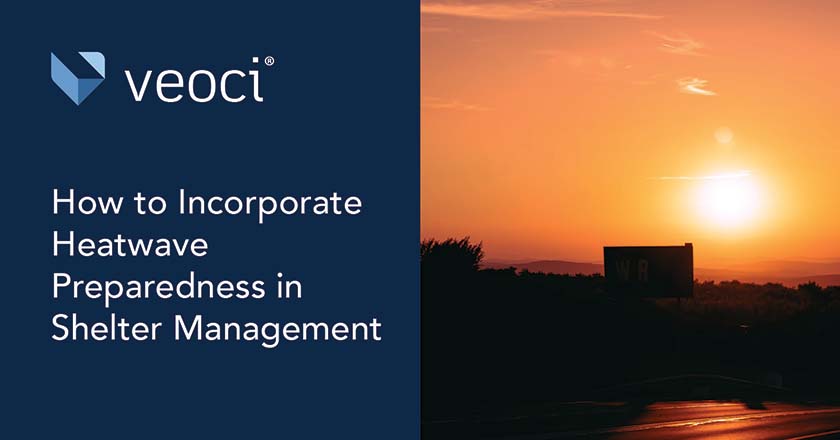Heatwaves are a part of summer we’ve come to expect. While we all enjoy the warm weather, heatwaves are often a bit too much. They’re inconvenient, change our plans, inflate our electricity bills, close schools and other public facilities, and generally make us uncomfortable or ill.
The irksome nature of heatwaves can’t let us forget that they’re also dangerous weather events. With this in mind, how can we mitigate the impacts of heatwaves on both the individual and collective levels?
Understanding Heatwaves
Extreme heat can be an unexpected threat. Exposure to excessive heat can cause:
- Heat cramps (painful, involuntary muscle spasms)
- Exhaustion (the body’s response to an excessive loss of water and salt, usually through excessive sweating)
- Stroke (loss of temperature control, inability to cool down, and lack of sweating despite high temperature).
Hydration is critical to beating the heat. Individuals, and especially the elderly, should also avoid strenuous activities. Cool spaces with air conditioning, either homes or a public places like malls and local libraries, make for a great get away.
Getting this information out to residents is a job for towns and their local leaders. Residents should be educated on symptoms of and treatments for heat-related illnesses.
The National Weather Service will issue a heat advisories when necessary, but local authorities should also communicate with their citizens. Awareness is the best mitigation strategy, so authorities should also issue public statements through the duration of the heatwave, stating when the heat and humidity reach a certain level, and revealing what resources are available to the public.
Residents should also prepare their homes for rising temperatures. Keeping an energy efficient home will minimize electricity during the event. A single home’s reduced energy use may seem small, but conservative energy use will reduce the strain on the power grid in aggregate. Less strain on the grid will help get the power needed to maintain a cool environment into every home and building connected to the lines.
Heatwave and Shelter Management
Towns also shoulder the needs of the less fortunate members of their communities, including the homeless. Officials should spin up public cooling for anyone to use.
A lot of logistics goes into creating cooling spaces. Not only do towns need to find an easily accessible public space, they have to make the space habitable for residents. Basic furniture, sufficient personal space, simple meals, and water all need to be worked into any cooling center’s operations. Towns and their EOCs, especially those in heatwave-prone regions, should build plans that establish these centers to guarantee the space is available for the duration of heatwaves.
There are a few essential components to heatwave shelter plans. First, a plan should contain all the contacts and EOC and its stakeholder need to make the center possible. That list should include town officials, communication experts, logistics owners, and vendors and other service providers within the town.
Heatwaves also demand a lot of coordination between emergency managers various community leaders. Local health departments, senior citizen coordinators, and social services all handle vulnerable populations, and their inclusion in the process is a must.
The second must-have is communication infrastructure, as it plays a big role in both the planning and activation stages. Virtual planning breaks barriers and allows all stakeholders to work on plans from anywhere as they complete other duties.
As the shelter opens up and starts serving residents in need, administrators and other staff can use the communication space to coordinate operations and share developments. Doing this creates situational awareness throughout the response and allows local leaders to expand or shrink the operations as needed.
Lastly, a digital platform simplifies the maintenance of plans during the colder periods of the year. All EOC members and stakeholders can take a look back through their operations, identify corrective actions, and implement solutions to those issues before the next season presents its familiar challenges.
Mass notifications make are an additional tool EOCs and towns should work into their shelter management process when heatwaves hit. While news and other communication methods can feed information to the public, mass notification for the response team will put the latest information in front of the eyes that need to see it.
Digital programs can also track centers and cooling spaces in real-time. Veoci, for example, shows emergency managers the specifics of shelter locations as operations progress: the capacity, when spaces will open up, and what resources a location has available. Emergency managers and other officials can selectively expose this information to the public to direct residents to less stressed locations.
Staying Cool
Heatwaves may feel like one of the more harmless weather events we experience, but that perception isn’t true. These events can lead to widespread illness, power outages, and generally unsafe conditions, especially for the most vulnerable. Digital programs can help at every step in the response process, from high level coordination to basic communication with the public, making these weather events easier to handle.








